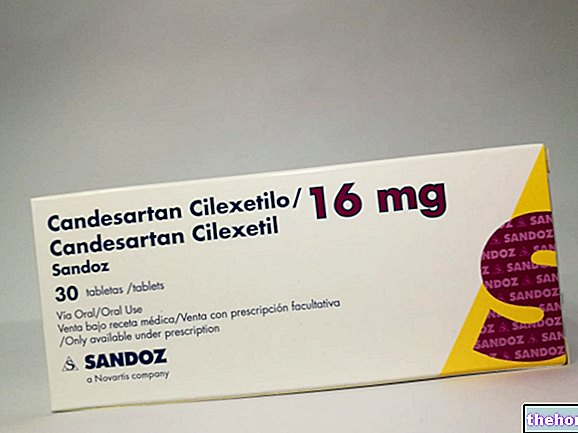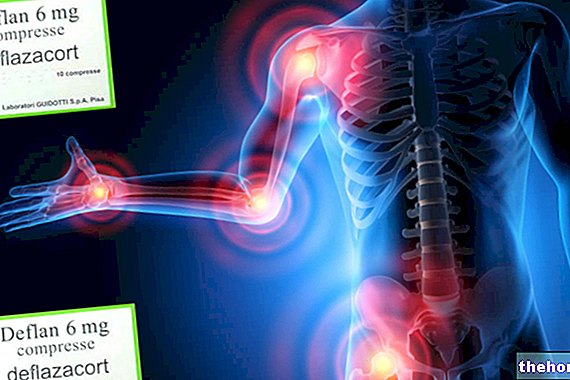The placental barrier (which is not a real barrier) separates the maternal blood from the fetal one; its function is therefore the same as that of the blood-brain barrier, that is to limit the distribution of the drug.
What is the placenta? The placenta is an embryonic annex dedicated to the nutrition, oxygenation and elimination of waste products of the fetus. Remember that the circulation of the fetus is different from that of extrauterine life, because it is not yet the closure of the foramen ovale and the arterial duct (occurs only at the moment of birth). At the level of the umbilical cord run the umbilical arteries (which are two) and the umbilical vein. The umbilical arteries form branches around the placenta that together with the surrounding tissue they take the name of chorionic villi. The chorionic villi are connected to large cavities called blood sinuses, where maternal blood flows. Maternal blood comes from the spiral-shaped arteries arriving from the uterine artery.
Maternal blood reaches the placenta through the uterine artery, from which the spiral-shaped arteries which carry maternal blood into the blood sinuses branch off. Finally, from the sinuses, the blood reaches the chorionic villi, supplying the entire placenta. Naturally, the blood flowing from these cavities takes the path of the venous vessels and then flows into the uterine vein, moving the blood away from the placenta.
Maternal blood and fetal blood never come into direct contact and are separated by the epithelium of the chorionic villi. The substances that pass from maternal blood to fetal blood or vice versa, must cross two membranes which are the endothelium of the capillaries of the chorionic villi. and the epithelium of the chorionic villi. Precisely for this reason the placenta is called a barrier, but in reality it is not a real barrier, because both of these membranes follow the same rules of passage of drugs seen with absorption (passive diffusion , passage through the pores, active passage with carriers and passage through pinocytosis). Studies have determined that most drugs can cross the placenta, therefore extreme caution in the use of drugs during pregnancy. Not only drugs are able to pass the placenta, but we must also pay attention to the foods and substances present in the atmosphere.
The placenta develops gradually during the growth of the fetus. Already in the first month of pregnancy, a sketch of this fetal annex can be recognized, which is completed in the third month of pregnancy. The first three months are the most vulnerable for the fetus because the The placenta has yet to fully structure itself. The maximum development occurs around the fifth month of pregnancy. The placenta at the fifth month has a surface area of about 12-14 m2 and the thickness of the two membranes is about 25μm. From the fifth month onwards until the term , the organ begins to age by decreasing the thickness of the membranes down to 2 μm and reducing the contact area between maternal and fetal blood.
The barrier activity carried out by the placenta is minimal in the first months because it has to develop and in the last months because the organ begins to age. The maximum activity corresponds with the maximum development of the placenta, therefore coinciding with the fifth month of pregnancy.
Substances that can pass the placenta have certain characteristics such as:
- Oil / water coefficient (fat solubility of substances);
- Degree of ionization (fetal pH (plasma)) is slightly lower than maternal. The fetal pH is a little more acidic than the maternal one.Basic substances tend to accumulate in the fetus because they become more polar and are unlikely to be able to go back;
- Molecular weight;
- <500 smooth passage
- > 1000 impossible passage
Other characteristics:
- Fetal / mother plasma protein binding (some drugs bind very well to maternal plasma proteins more than fetal ones);
- Utero-placental blood flow that varies depending on the state of pregnancy (maximum at the end);
- Aging of the placenta with consequent increase in exchange;
- Smoking contains nicotine which is a vasoconstrictor, so it reduces placental perfusion. It is best not to smoke during pregnancy.
Very important during pregnancy is the administration of drugs. Some drugs can act on the fetus and cause no harm to the mother, such as phenobarbital (enzyme inducer in metabolizing bilirubin, thus reducing bilirubin nuclear jaundice in the fetus), glucocorticoids (stimulate lung maturation in the event of childbirth premature) and finally antibiotics (avoid intrauterine infections). Other drugs have a therapeutic effect on the mother, however, they prove adverse to the fetus, for example all drugs for occasional use such as analgesics (aspirin is still the most recommended) and antiemetics (laboratory studies have determined that they have teratogenic effects on animals, therefore a possible similar effect on humans cannot be excluded). In addition to drugs for occasional use, particular attention is also paid to drugs for chronic therapies, therefore antidiabetic (insulin and not oral hypoglycemic agents because some are teratogenic), anticoagulants (the molecule used is heparin), antiepileptics (the choice is very difficult because almost all antiepileptics have harmful effects on the fetus) and digitalis (attention because a treatment with digitalis reduces cardiac activity and can therefore be harmful to the fetus).
Other articles on "Placental barrier"
- Central nervous system barriers
- Teratogenesis, teratogenic drugs




























